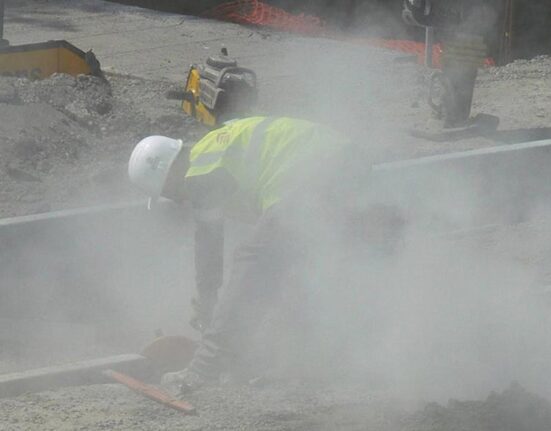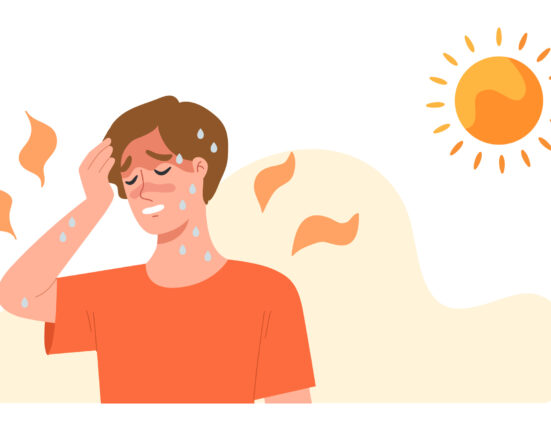More than 200 wildfires are raging across central and western Canada, with half of them spiraling out of control due to difficult access for firefighting crews. The intensity of the fires has led to the evacuation of over 27,000 people. But the repercussions extend far beyond those directly affected by the blazes.
As smoke billows from these infernos, it doesn’t just linger above Canadian skies; it travels southward into regions like the midwestern and eastern United States, even reaching as far as Europe. This spreading haze isn’t your average smoke; it carries a potent mix of pollutants that pose significant health risks.
Wildfires on a Global Scale
The exacerbation of wildfires is intricately linked to climate change. With the northern regions experiencing heightened dryness and warming temperatures, the wildfire season in Canada has become more ferocious and expansive. These blazes have already consumed a vast area — marking this as one of the second largest recorded fire seasons in Canada’s history.
Environmental scientist Mike Waddington from McMaster University emphasizes not only the immediate dangers posed by wildfires but also highlights a looming threat associated with wildfire smoke itself. He underscores that there’s more to this phenomenon than meets the eye.
Waddington explains, “You have there the burning of these organic soils resulting in a lot of carbon and particulate matter,” painting a grave picture of what lurks in these smoky clouds. The situation becomes even direr considering historical mining activities that have left behind toxic legacies in Canadian soils.
The Legacy of Mining Activities
Canadian landscapes bear traces of past mining operations that introduced hazardous elements like lead and mercury into soils and water bodies long before environmental regulations were stringent. Now, as wildfires ravage through these areas, they stir up these dormant toxins along with their own noxious cocktail.
Colin McCarter from Ontario’s Nipissing University flags specific concerns around Flin Flon, a city known for its high levels of toxic metals due to mining activities nearby. While residents brace themselves for approaching fires, experts fear potential releases of carcinogenic substances like arsenic into the atmosphere.
Moreover, peatlands — unique ecosystems prevalent in Canada — act as reservoirs for pollutants such as arsenic due to their ability to retain toxins over extended periods. As these peatlands dry out during intense heatwaves leading up to fires, they become hotbeds for toxic emissions when ablaze.
The Menace Within Peat Fires
Unlike regular forest fires that may burn swiftly across terrain horizontally, peat fires exhibit an eerie behavior by smoldering down into earth layers persistently releasing harmful metals and particulates throughout months or even seasons post ignition — earning them the moniker “zombie fires.”
Rebecca Hornbrook from NSF National Center for Atmospheric Research sheds light on how Canadian wildfire smoke evolves chemically while drifting southwards into U.S territories. She points out that interactions between gases within smokescreens generate ozone levels capable of exacerbating respiratory conditions among populations exposed downstream.
Furthermore,
Indigenous Communities at Risk
In a distressing revelation, over 40% of evacuations due to wildfires predominantly impact Indigenous communities in Canada despite their traditional knowledge on mitigating fire hazards through controlled burns—a practice gaining traction only recently in mainstream firefighting strategies.
Mike Waddington expresses concern over how First Nations communities face dual threats—losing homes amid evacuations alongside heightened health risks posed by contaminated wildfire smoke seeping within their territories rich with hazardous remnants from past industrial activities .
The implications reverberate globally as airborne particles travel vast distances affecting air quality indices elsewhere apart from immediate vicinity inciting cross-border discussions on collaborative mitigation efforts against escalating wildfire impacts fueled by changing climatic patterns.









Leave feedback about this